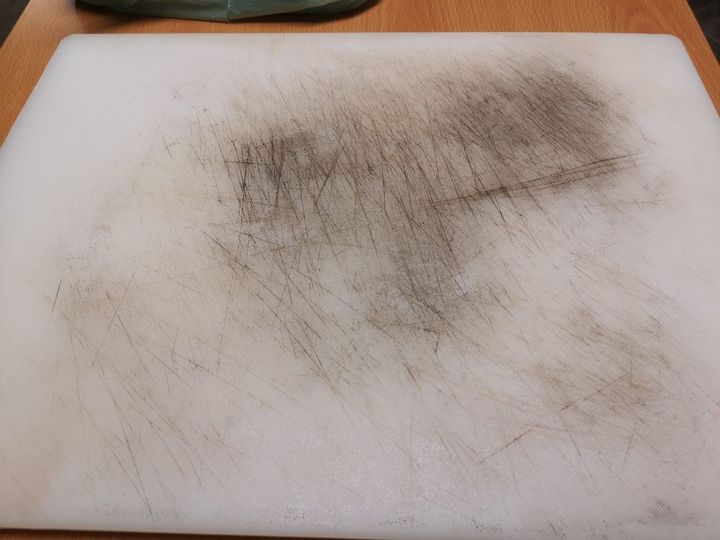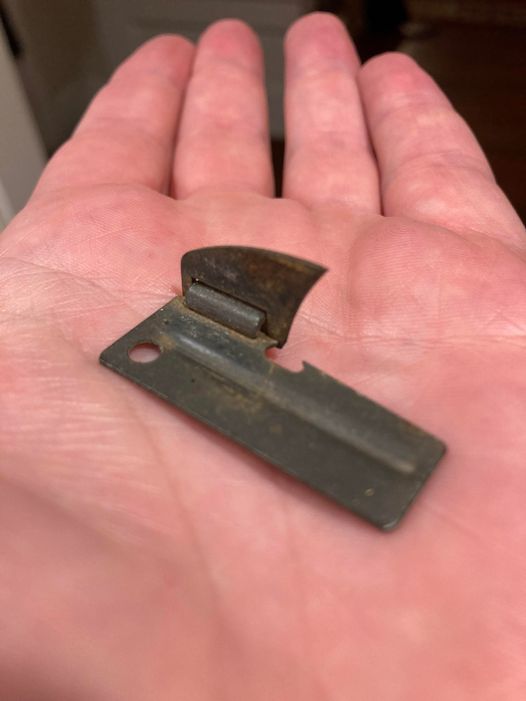Removing food residue from dishes, namely cutting boards is difficult because food can be sticky and gets trapped in porous surfaces. However, here are some tips to make clean plastic cutting boards and other materials to minimize your family’s exposure to food-borne illnesses.
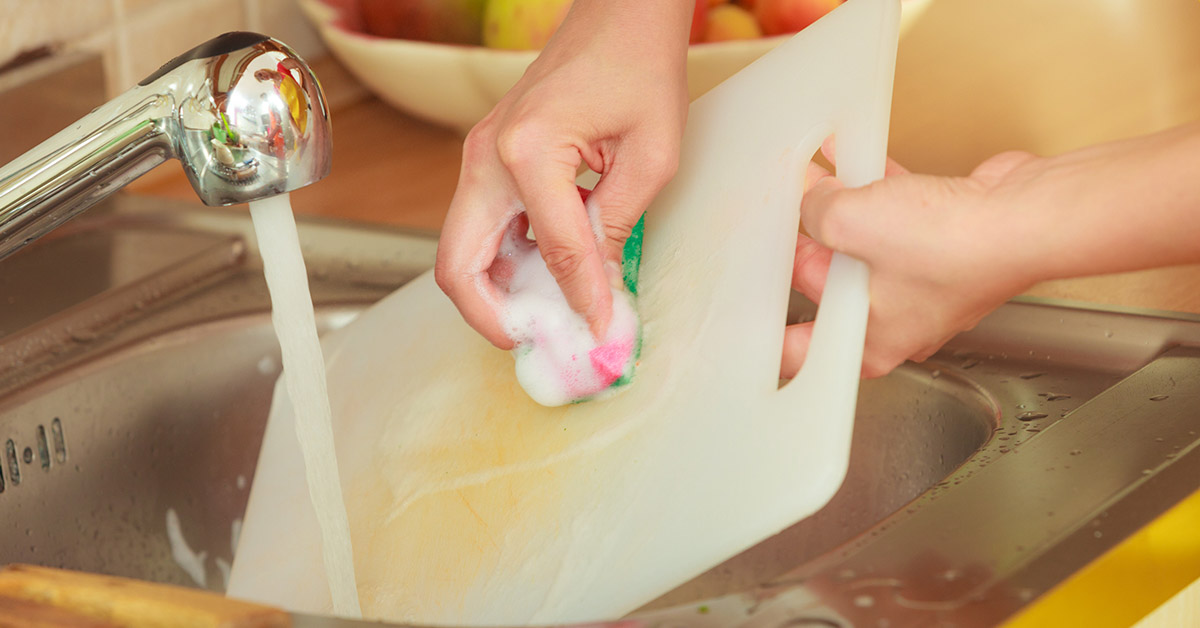
Importance of a Clean Plastic Cutting Board

While it’s much easier to clean a plastic cutting board than boards made of other materials, plastic cutting boards can get cut marks, which are the perfect place for bacteria to hide and grow. According to a UC Davis study, “plastic surfaces that were knife-scarred were impossible to clean and disinfect manually.”
Wash it By Hand and Use the Dishwasher
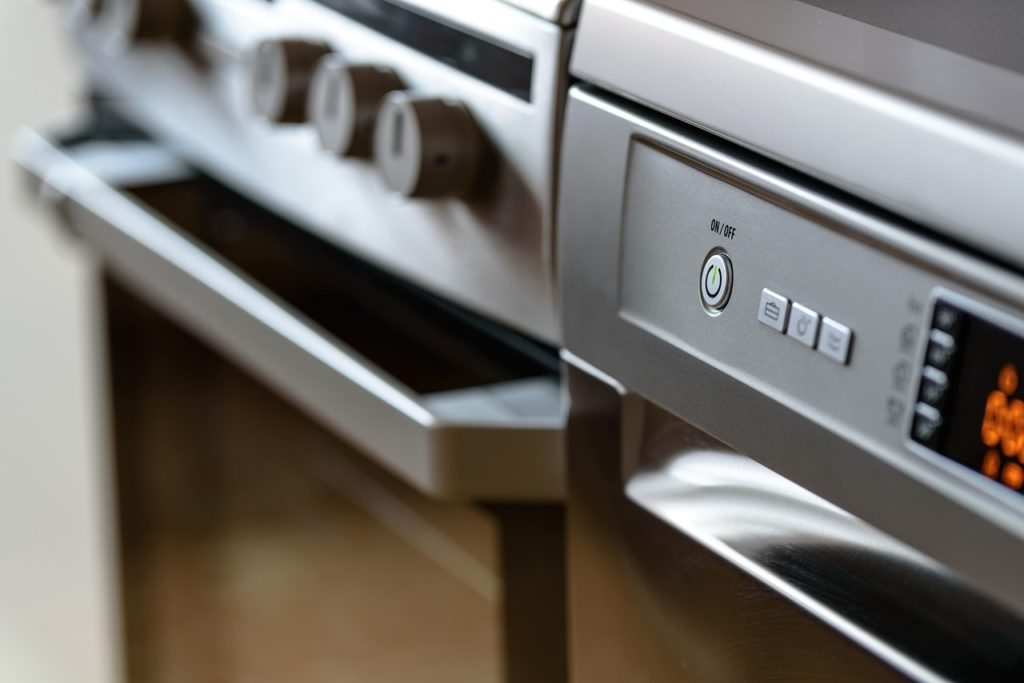
Unfortunately, bacteria can get trapped and even the sanitary cycle of the dishwasher may not be powerful enough to remove everything. However, using the dishwasher on a sanitary cycle, as often as possible is recommended to keep growth to a minimum. You’ll need dish soap, a scrub brush, and warm water, to properly clean plastic cutting boards. Wash thoroughly by hand after each use.
Proper Disinfectant
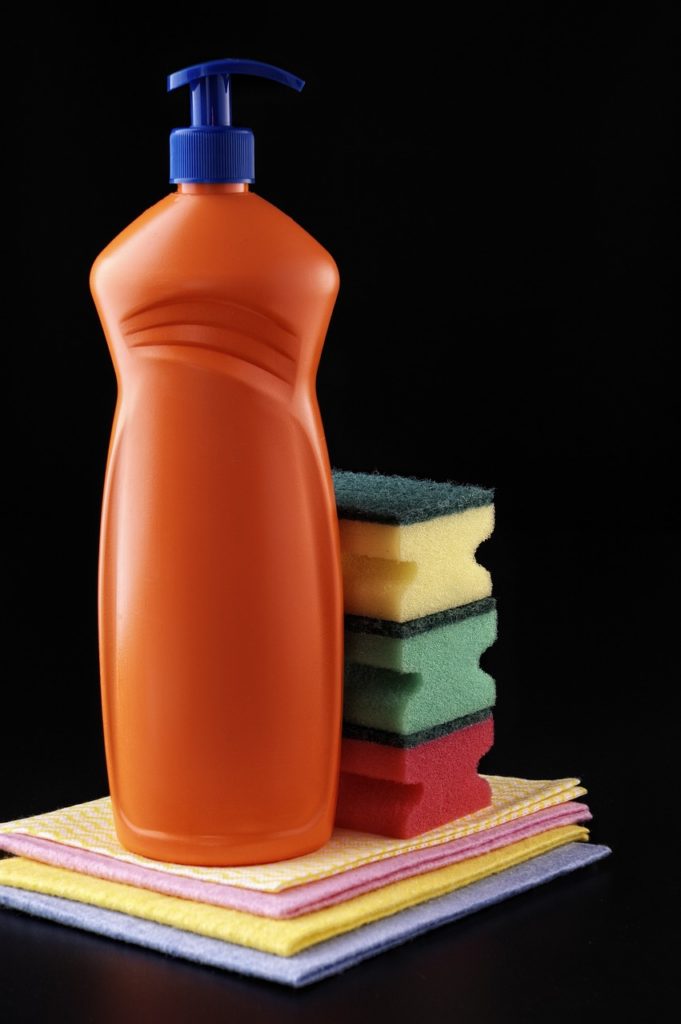
After cleaning a plastic cutting board, disinfecting it will eliminate all foodborne illnesses and bacteria. However, chemicals like bleach are harmful to our bodies and lungs. Alternatively, you can properly disinfect and clean plastic cutting boards with vinegar. Or you can make a solution of water and 3% hydrogen peroxide. Either way, soak the board for at least 5 minutes before washing again with soap and warm water.
Create a Mixture to get a Clean Plastic Cutting Board
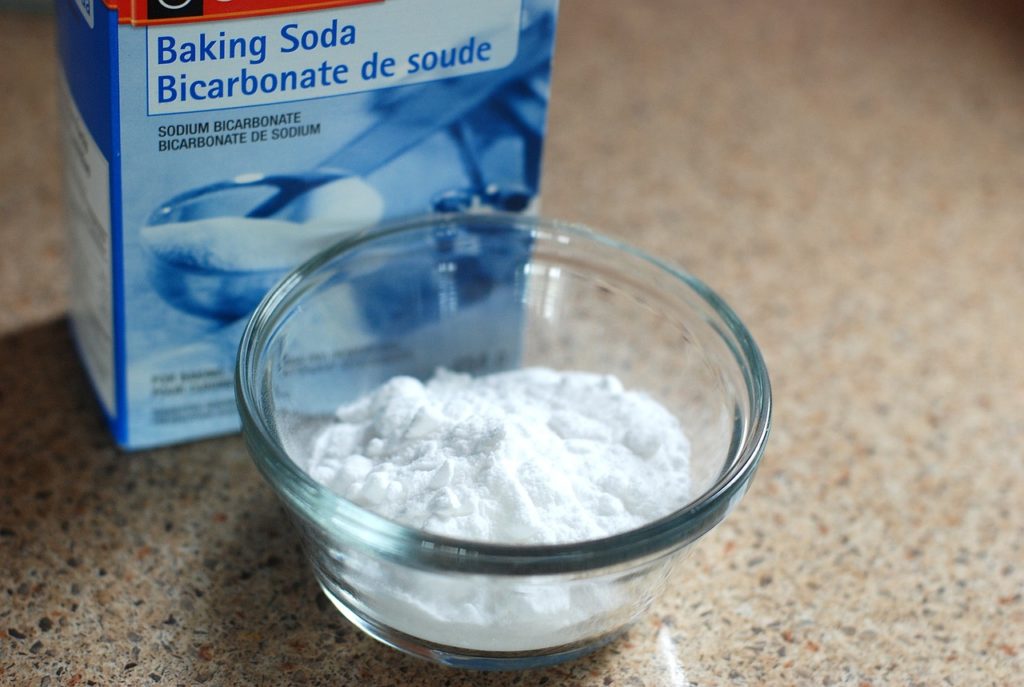
For tough stains like fruit or vegetable juices, create a paste using 1 part baking soda, salt, and water. The combination will be abrasive enough to remove stains without damaging your items while you clean your plastic cutting board.
Downside of Plastic Cutting Boards
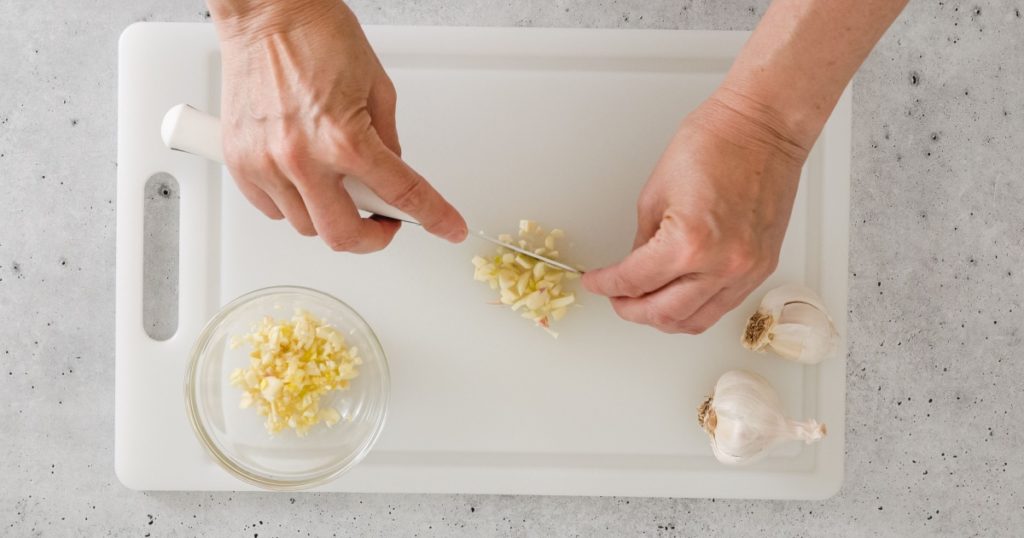
In addition to harboring bacteria, plastic cutting boards have another downside. When they get cut up or damaged they release cancer-causing plastic particles that can get into food. As a result, people are looking to buy cutting boards made of materials other than plastic. Silicone is a great alternative but has a problem similar to plastic cutting boards. If they become warped, scratched, or damaged they can also release toxic chemicals into food.
Plastic Cutting Board vs Other Materials
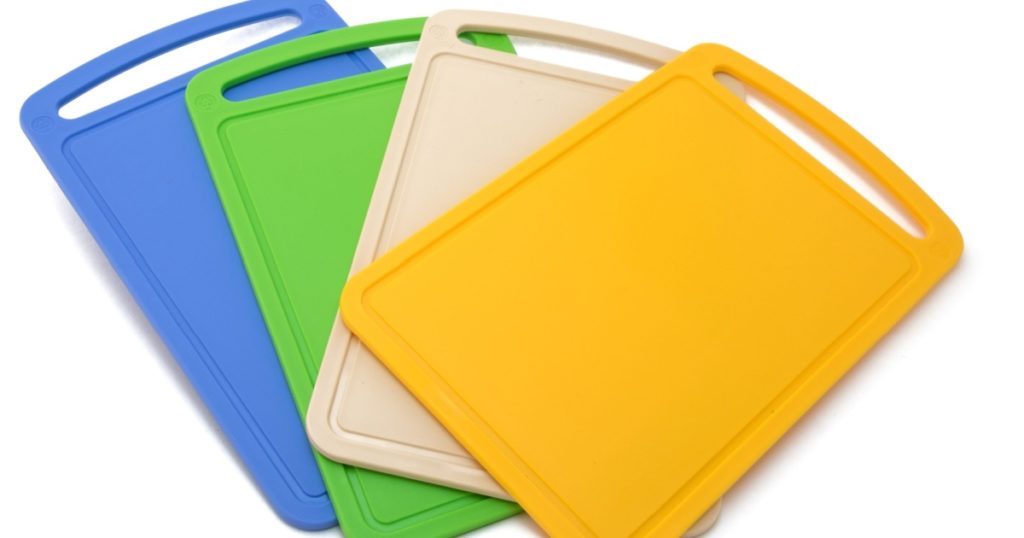
Seemingly, alternative cutting boards are a better solution as they’re known for their non-porous surfaces. For example, glass and stainless steel are easy to wipe clean and don’t hold bacteria like plastic or wood. However, they also make food more difficult to chop as they quickly and easily dull knives.
Wood for the Win
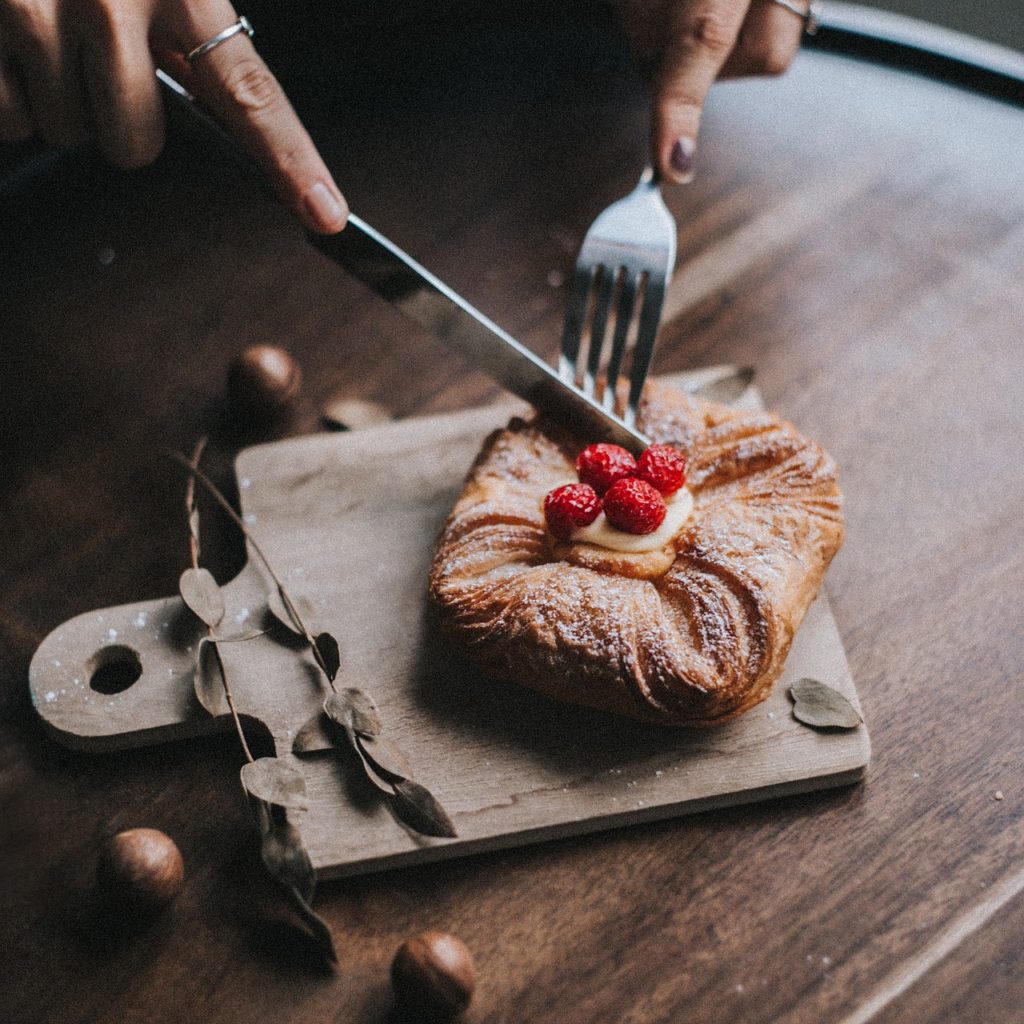
While wood cutting boards can’t go in the dishwasher they have an upside lacking in other cutting board materials. While bacteria is absorbed into wood cutting boards, the bacteria die. Whereas, if you clean a plastic cutting board, bacteria can still live on the surface for days or weeks. “Although the bacteria that have disappeared from the wood surfaces are found alive inside the wood for some time after application, they evidently do not multiply, and they gradually die. They can be detected only by splitting or gouging the wood or by forcing water completely through from one surface to the other.” Explains Dr. Dean Cliver.
Moreover, wood cutting boards that are “end-grain” are “self-healing,” meaning the knife cuts eventually close and reduce trapped bacteria.
General cutting board care
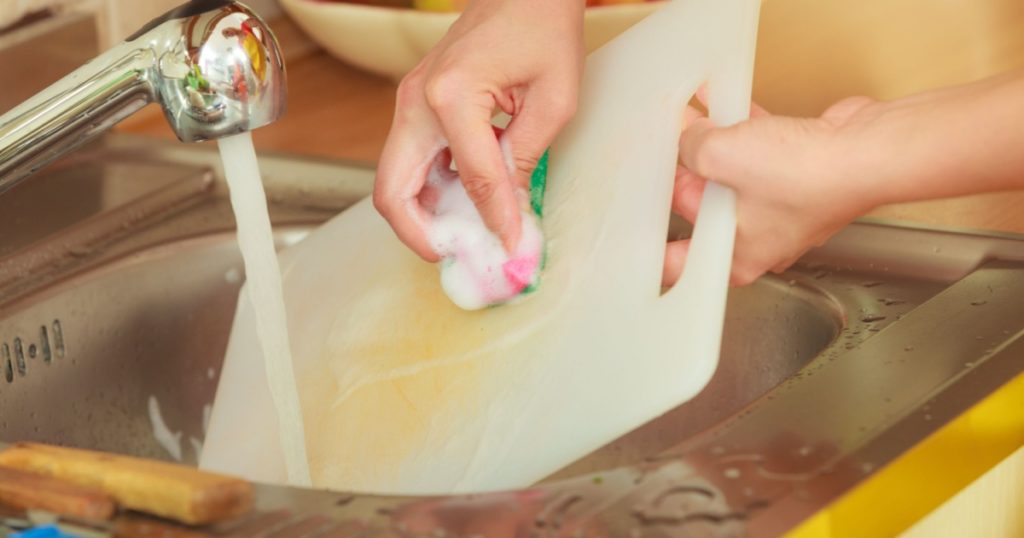
While wood cutting boards are the best for minimizing bacteria, proper care can make any cutting board an ideal solution but it’s not the only option. A properly clean plastic cutting board will help stave off illness and prolong the life of your kitchen essentials.
